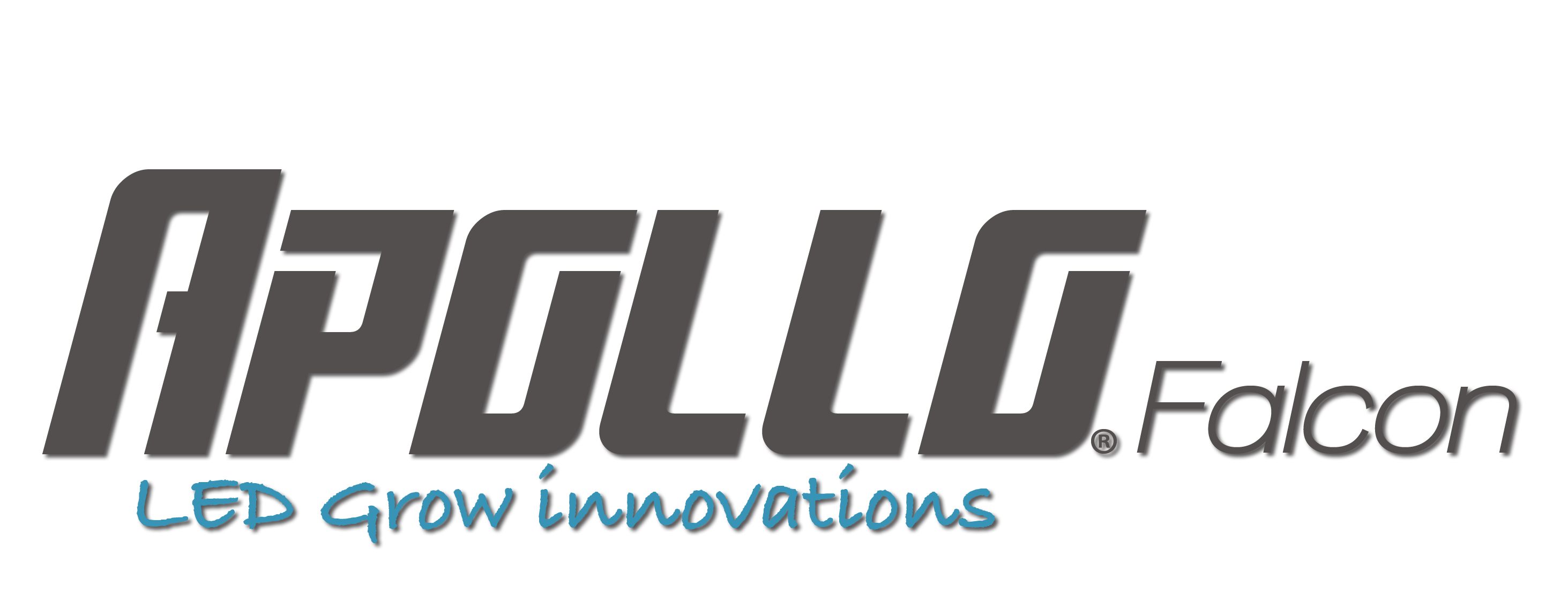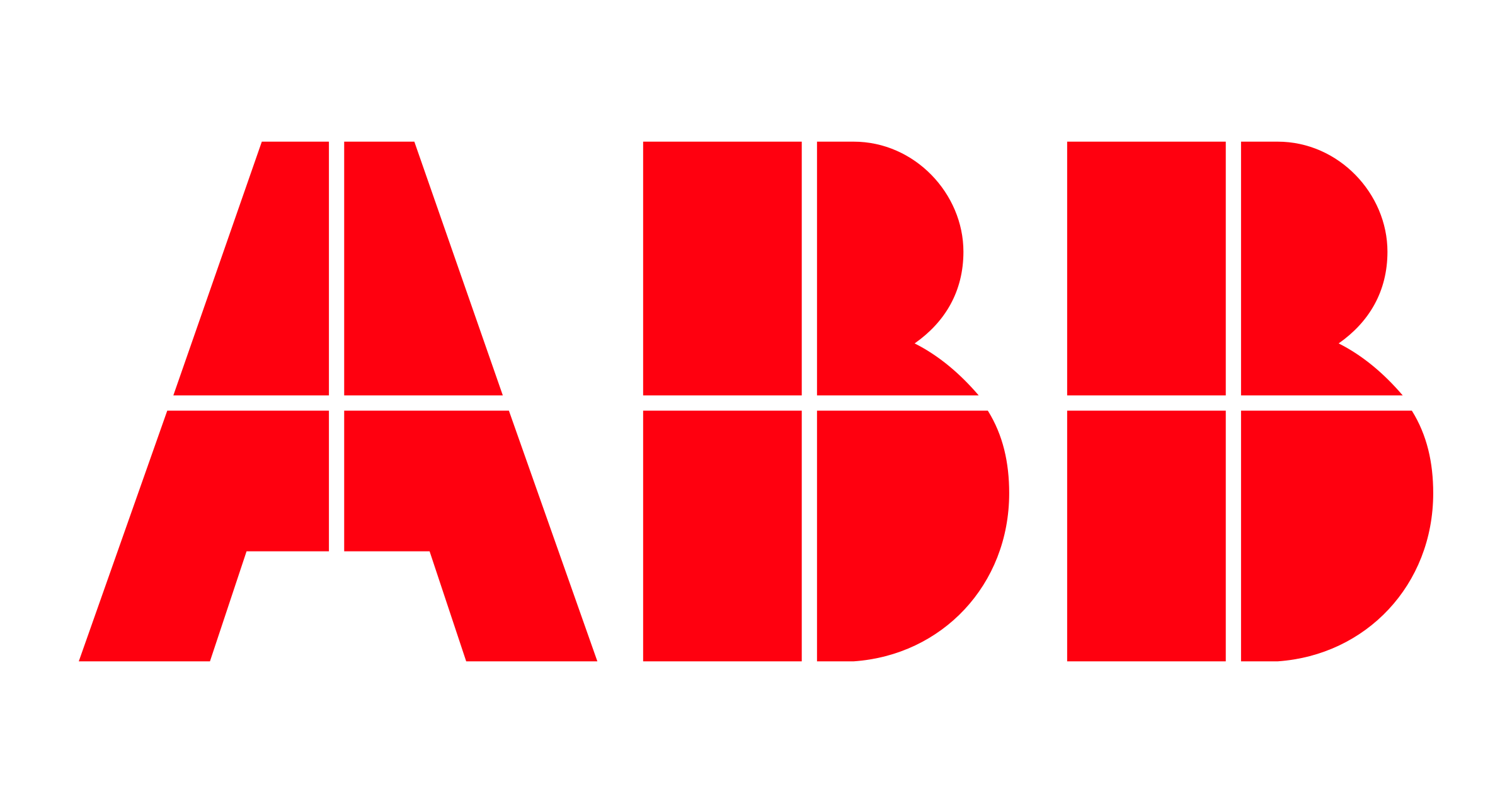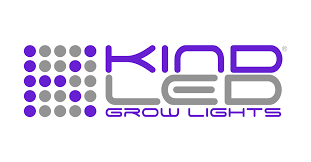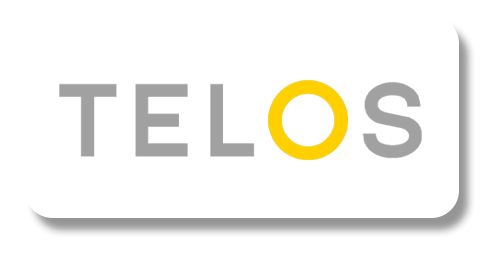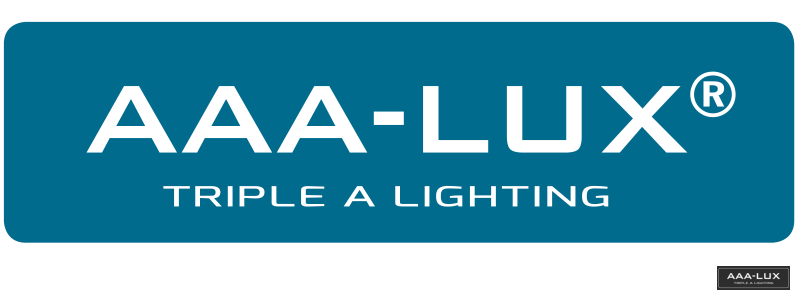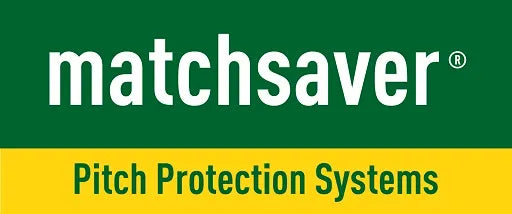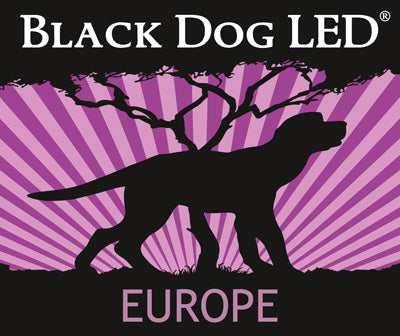
The pros and cons of LED breeding lights
The pros and cons of LED breeding lights
LED breeding lighting is a development of the last 10 to 15 years and a lot of progress has been made. The progress is mainly due to extensive research into the light spectrum that plants need to grow and bloom. LEDs can create these colors very accurately. Do you want to know what all the advantages and disadvantages are of LED breeding lighting? Then read on!
The advantages
1. LED breeding lighting is energy efficient
This advantage is already known to many people, but it is still true! LED breeding lighting is up to 80% more economical than HPS or HID lamps. You quickly earned LED breeding lights again and this is already possible within a year. The HPS and HID lamps, on the other hand, are really large consumers and outside the light they give, a lot of heat is also released. Because of this you will have to give extra attention to air circulation. There are also people who grow with fluorescent lighting. A fluorescent tube consumes around 44 watts (including VSA), but here you need a lot, which means that LED breeding lighting can still be 50 to 60% more economical.
2. LED breeding lighting lasts longer
LED breeding lighting has an extremely long service life and that is why we give a 3 -year warranty on all our lamps. HPS lamps will last for almost 6,500 hours compared to LEDs that can easily last 50,000 hours. TL breeding lighting lasts approximately 10,000 hours, so that TL also has to detract from the LED breeding lighting.
3. LED breeding lighting is not hot
The HPS/HID lamps get very hot when they are on for a while. Because of this you cannot put the lamps too close to your plants, otherwise the leaves can burn. Nobody is waiting for burnt tomatoes or cauliflowers. LED lamps, on the other hand, are mainly warm and with LED breeding lighting it is of great importance that that heat can be removed. For this reason, LED grow lights always have one or more fans to get the heat out of the lamp. The reason why LED breeding lighting becomes less hot than, for example, HPS/HID is because LED lamps are more efficient. They convert more to light instead of heat. An additional advantage is that it is therefore less fire hazard and you can sleep with confidence while your plants grow to unprecedented heights.
4. LED breeding lighting comes in all shapes and sizes
The developments in LED breeding lighting has not yet stopped and the range is already very large. The possibilities go much further than with HPS/HID because the spectrum can be made specifically to the wishes of the customer. For this reason, LEDs become a lot more versatile and they can produce very targeted colors that your plant could only dream of.
5. LED grow lights are robust and sturdy
If an HPS/HID lamp becomes hot, watching is blown out because they can handle shocks and punches very badly. This can, for example, cause trucks or trains. The glass can break and something can break in the lamp faster. LED breeding lighting is not bothered by this because LEDs are not made of a thin glass. They can therefore take a beating.
The cons
1. LED breeding lighting is not easy against heat
LEDs can do very badly against too much heat, making good cooling a must. Due to overheating, the lifespan will deteriorate sharply and you will save less. The cooling is therefore a very important component, at the LED department store we guarantee good cooling in all our LED breeding lighting.

2. LED grow lights are more expensive to purchase
We cannot ignore it, but LED lighting is a lot more expensive to purchase. It is an investment that can be recovered in about a year. The initial investment is just swallowing but is worth it.
3. LED breeding lighting has just taken off the children's shoes
The technology of the LED grow lamp is just not in its infancy because a lot of research has already been done. Yet it has only been around for 10 to 15 years, so a lot of research and innovation are still possible. The LED department store will keep you informed about that!
- If you choose a selection, the page will be completely renewed.
!


